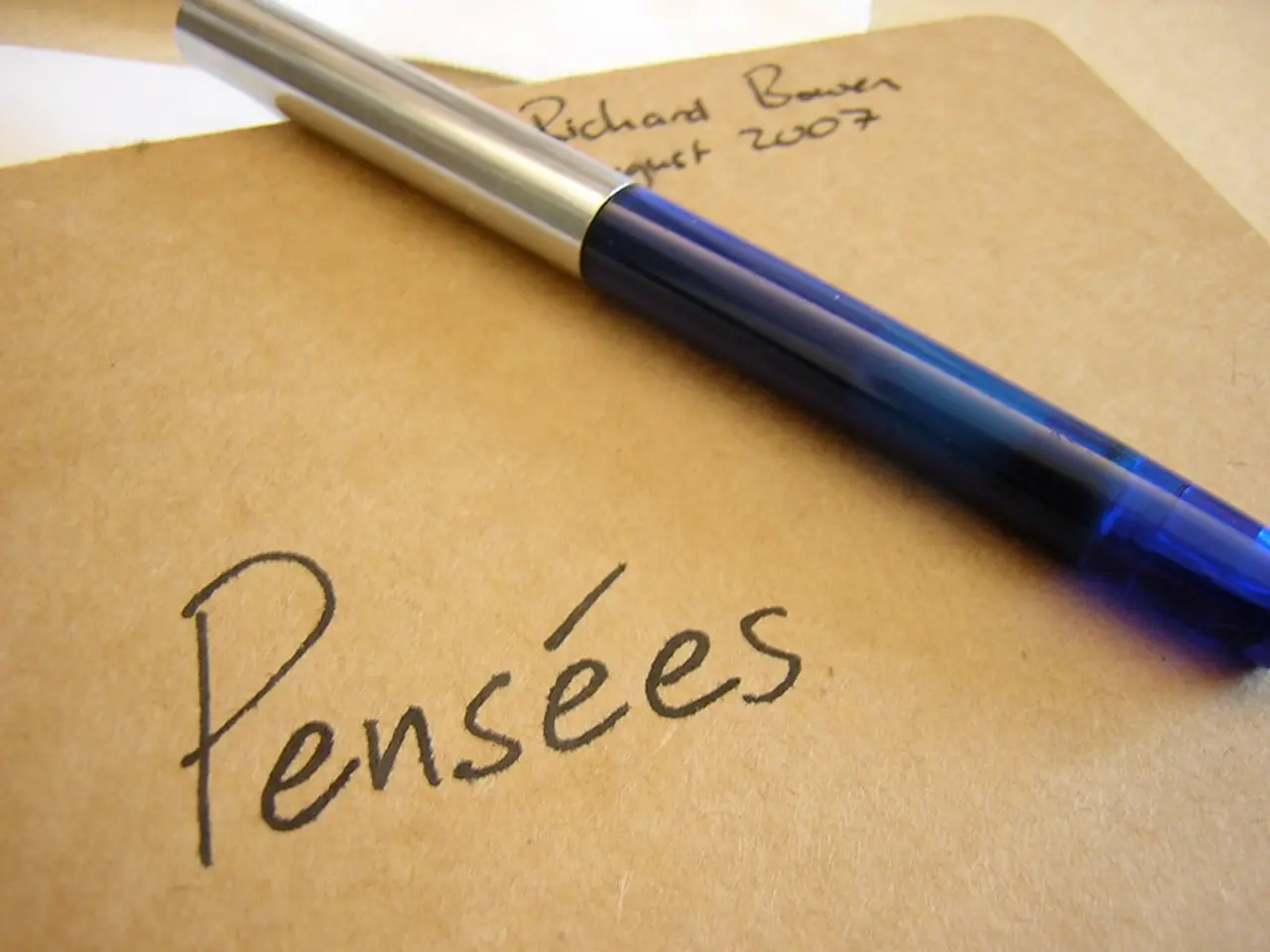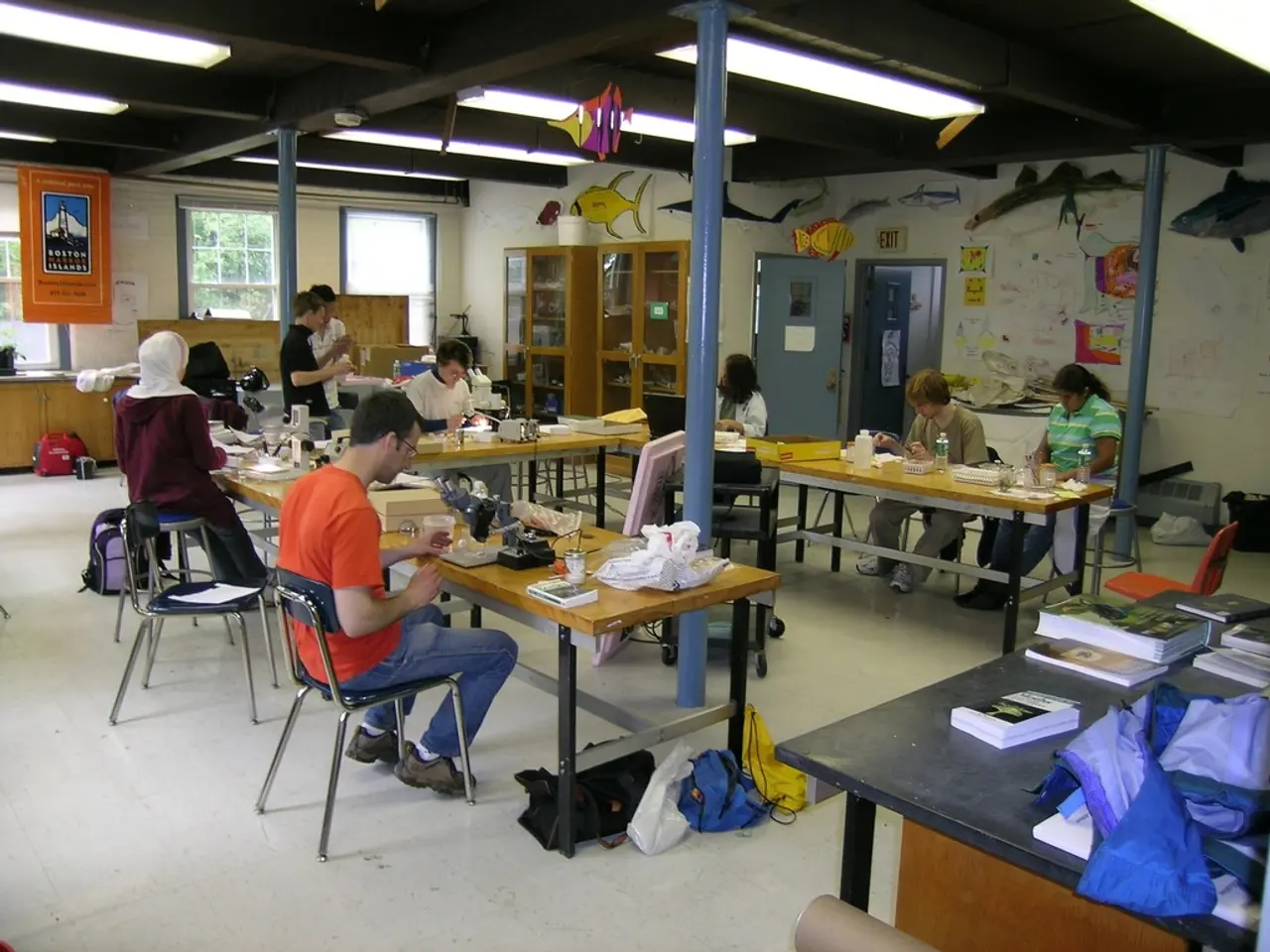Speedy Guide to Crafting a Standout Portfolio Essay
A portfolio essay is a reflective piece that accompanies a collection of your work to explain your learning journey, growth, and key competencies demonstrated through the selected artifacts. Here's a step-by-step guide on how to write an effective portfolio essay:
- Introduce your portfolio: Begin by explaining the purpose of your portfolio, its structure, and your personal learning goals or philosophy. This sets the context for the reader.
- Select meaningful artifacts: Choose pieces of work or evidence that best exemplify your skills, growth, and achievements.
- Reflect on each artifact: For each selected piece, write a reflective account that explores what you learned, challenges you faced, how you addressed them, and how each contributed to your development.
- Maintain a professional and clear writing style: Use the first person for personal reflections but keep a professional tone. Write in active voice and use clear, direct sentences to demonstrate accountability and growth.
- Respect confidentiality: If your portfolio contains sensitive information, anonymize any personal data.
- Summarize and conclude: End with a conclusion that synthesizes your overall learning, highlights key growth moments, and reaffirms your commitment to ongoing development.
- Review for clarity and correctness: Ensure your essay is grammatically correct and consistent in tone, which also reflects your communication skills.
This approach not only documents your work but also showcases critical thinking and self-awareness essential for academic or professional growth.
A portfolio essay is a collection of the finest works in a particular discipline, such as prose, poetry, art, or any other type of writing. When describing works in a portfolio essay, it is important to be clear about the points being made and to use notes to help in the process.
To start, introduce yourself and provide context for why you chose the particular class or course, as well as why you appreciate writing. A portfolio essay does not have a clear theme, but it may focus on the author's writing improvement during a specific time period or on works related to a particular topic.
Remember to proofread the essay multiple times, looking for writing errors, and seeking feedback from others to improve the essay. A portfolio essay differs from other essays in that it incorporates reflection, allowing the author to evaluate and examine their works, noting both positive and negative aspects, as well as the circumstances and motivations that led to their creation.
In sum, a portfolio essay is a reflective narrative accompanying a curated collection of work, and writing it well involves introducing your goals, thoughtfully reflecting on selected works, writing clearly and professionally, and concluding with a summary of key insights and ongoing learning commitment.
In the context of coding, education, and self-development, a portfolio essay is a reflective piece that compiles coders' works and explanations of the learning journeys, growth, and key competencies demonstrated through the selected artifacts. When discussing individual projects, it's crucial to be specific about the coding concepts, explain the struggles encountered, and detail how each project contributed to the coder's growth as a programmer.
A portfolio essay in coding serves as a showcase of problem-solving abilities and self-awareness vital for both academic and professional advancement. It differs from other essays in its focus on reflection, allowing the coder to evaluate and scrutinize their works, identifying both the successes and areas for improvement, as well as the circumstances and motivations that led to their development.




